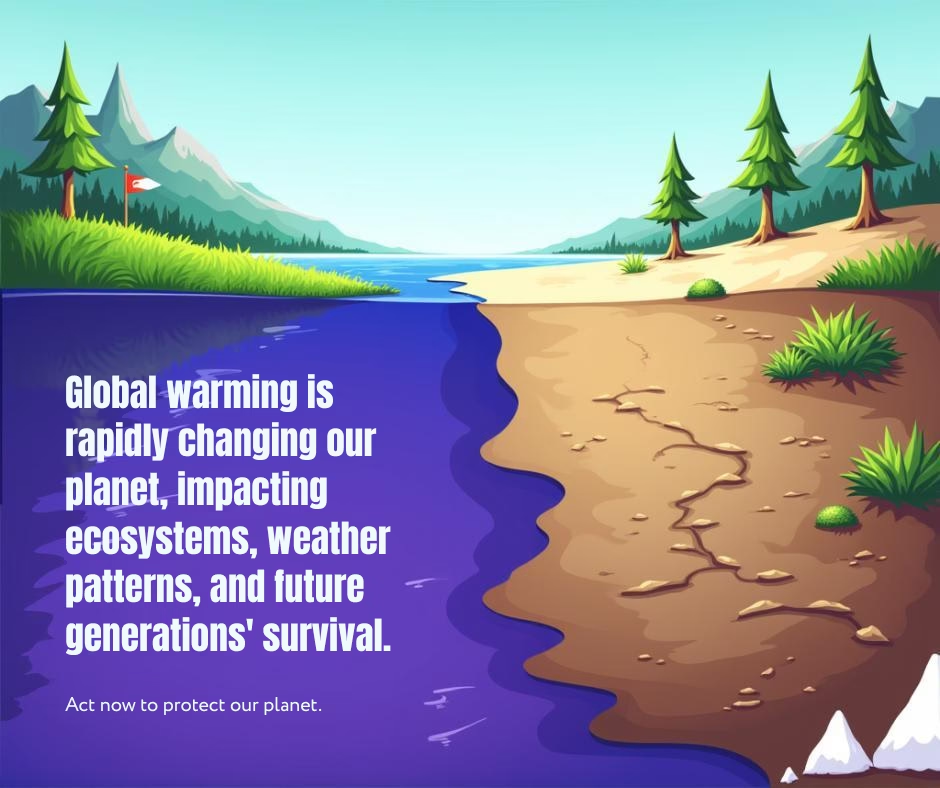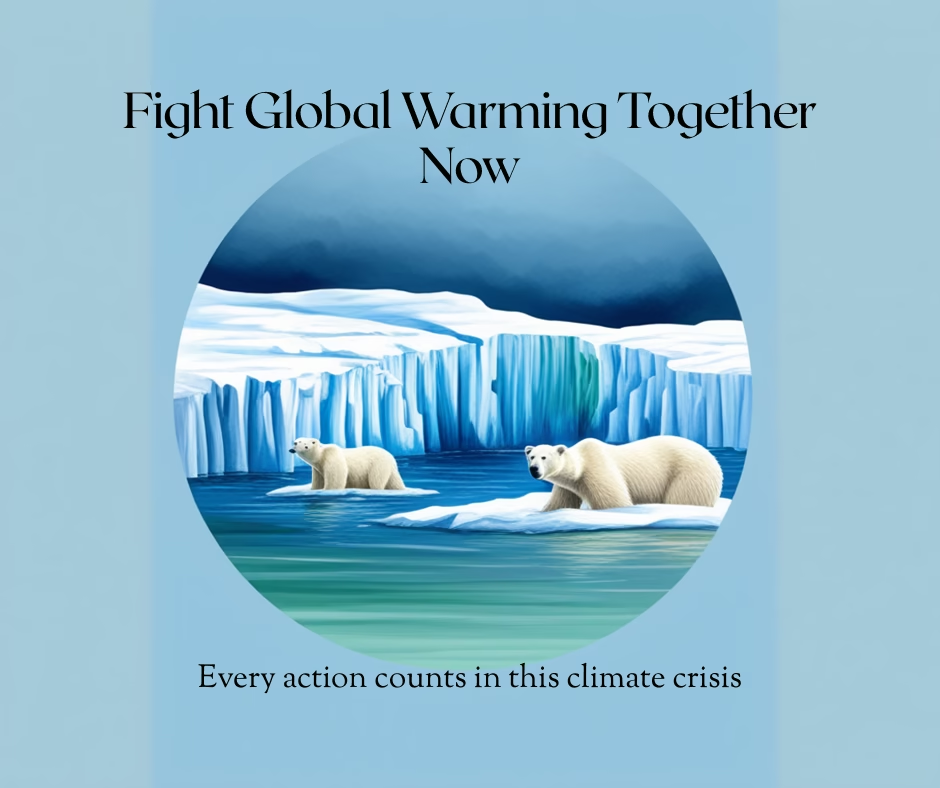Global warming in Pakistan: Explore its 2025 causes, deadly effects, and urgent solutions to protect our future from climate change.
Introduction
Global warming and climate change are no longer future problems. They are present, urgent, and deadly. The world just saw its hottest year ever in 2024. According to the World Meteorological Organization, global temperatures have now crossed 1.5°C above pre-industrial levels. This is a dangerous turning point. Pakistan, despite being a low emitter, is one of the top 10 countries most affected by climate change. The time to act is now.
In this post, we will explore the causes of climate change, the recent environmental disasters in Pakistan, the impacts of global warming on agriculture, and the best climate change solutions Pakistan can adopt in 2025 and beyond.

What is Global Warming and Climate Change?
Global warming means the Earth’s average temperature is rising. This happens when greenhouse gases—like carbon dioxide and methane—trap heat in the atmosphere. Climate change refers to the bigger changes this causes, such as stronger storms, longer droughts, rising seas, and changing rainfall patterns. This crisis is largely caused by human activities. Factories, cars, and power plants burn fossil fuels. Trees are cut down. Farms release harmful gases. All of this heats the planet unnaturally fast.
Major Causes of Climate Change in Pakistan
Burning fossil fuels is the biggest cause. According to the IEA, fossil fuels still supply over 75% of the world’s energy. This keeps releasing carbon dioxide into the air.
Another cause is deforestation. The world is losing nearly 10 million hectares of forest each year. Trees that could absorb CO₂ are disappearing. Pakistan has lost significant forest cover, worsening climate risks. Agriculture also adds to the problem. Cows release methane. Fertilizers release nitrous oxide. Both gases are more powerful than CO₂ in trapping heat. The impacts of global warming on agriculture in Pakistan are already severe—especially in Punjab and Sindh, where high temperatures are affecting crop yields.
Effects of Global Warming on Pakistan (2024–2025 Updates)
In 2024, the world faced its hottest year on record. Southern Europe, Canada, and Asia were hit with deadly heatwaves. In Pakistan, temperatures crossed 50°C in several cities. Life became unbearable in parts of Sindh and Punjab.
At the same time, wildfires burned across California. The Los Angeles wildfire in mid-2024 destroyed thousands of acres of forest, displaced neighborhoods, and filled the city with toxic smoke. Over 200,000 people were forced to evacuate, and losses were estimated at over $2.5 billion.
Glaciers in northern Pakistan also continued to melt faster than normal. Over 30 glacial lake outburst floods (GLOFs) were recorded in 2024. These floods damaged roads, homes, and farming lands in Gilgit-Baltistan and Chitral.
In addition, Lahore was once again ranked among the top five most polluted cities in the world by late 2024. The city remained covered in toxic smog for weeks, making it dangerous to go outside.
Pakistan’s wheat yield also fell by more than 10% in 2024 due to extreme heat and water stress. Food prices rose sharply, putting extra pressure on low-income families. Climate change and food insecurity in Pakistan are now closely linked.
Global and National Climate Policy in 2025
In 2025, many countries have renewed their climate pledges under the Paris Agreement. But according to the latest UN report, most nations are still not on track to limit warming to below 2°C.
Some progress is being made. Solar and wind power grew faster in 2024 than ever before. But rich countries still use a lot of oil and gas. Poor countries want to switch, but need help with money and technology. Pakistan has adopted several new climate policies in 2025. The National Climate Adaptation Plan now includes specific goals to reduce emissions, promote clean energy, and protect vulnerable regions from floods and droughts. These Pakistan climate policy 2025 measures are a good step forward, but stronger implementation is needed.
Pakistan’s Climate Action Efforts
Pakistan emits less than 1% of global greenhouse gases. Still, it ranks 8th on the Climate Risk Index. It suffers from floods, droughts, glacier melt, and heatwaves almost every year now.
In response, Pakistan has expanded its Ten Billion Tree Tsunami project. Over 2 billion trees have been planted by early 2025. The Recharge Pakistan program is also helping reduce flood damage by restoring wetlands and rivers.
The government has also taken steps to increase awareness in schools and colleges. Educating the youth on how to stop climate change is vital for long-term results.
Climate Change Solutions for Pakistan
The first step is switching to clean energy. Pakistan needs more solar and wind power. These sources are cheaper and safer in the long run.
Next, deforestation must stop. More trees should be planted, and old forests should be protected. Forests help cool the planet.
Pakistan should improve public transport to reduce the number of cars on the road. Urban planning, electric vehicles, and improved waste management are also necessary.
Climate education is also important. Young people must learn about the environment in schools and colleges. Lastly, global cooperation is key. Rich countries must help vulnerable ones with money, training, and technology. The climate crisis is global—so the solution must be global too.

Conclusion
The facts are clear. The world is heating up faster than ever. Pakistan is suffering badly, even though it’s not the one causing the crisis. Still, we can act before it’s too late. Small actions by individuals and big steps by governments can make a difference. Climate change is real. But so is hope, if we choose to act now.
Discover more from
Subscribe to get the latest posts sent to your email.
